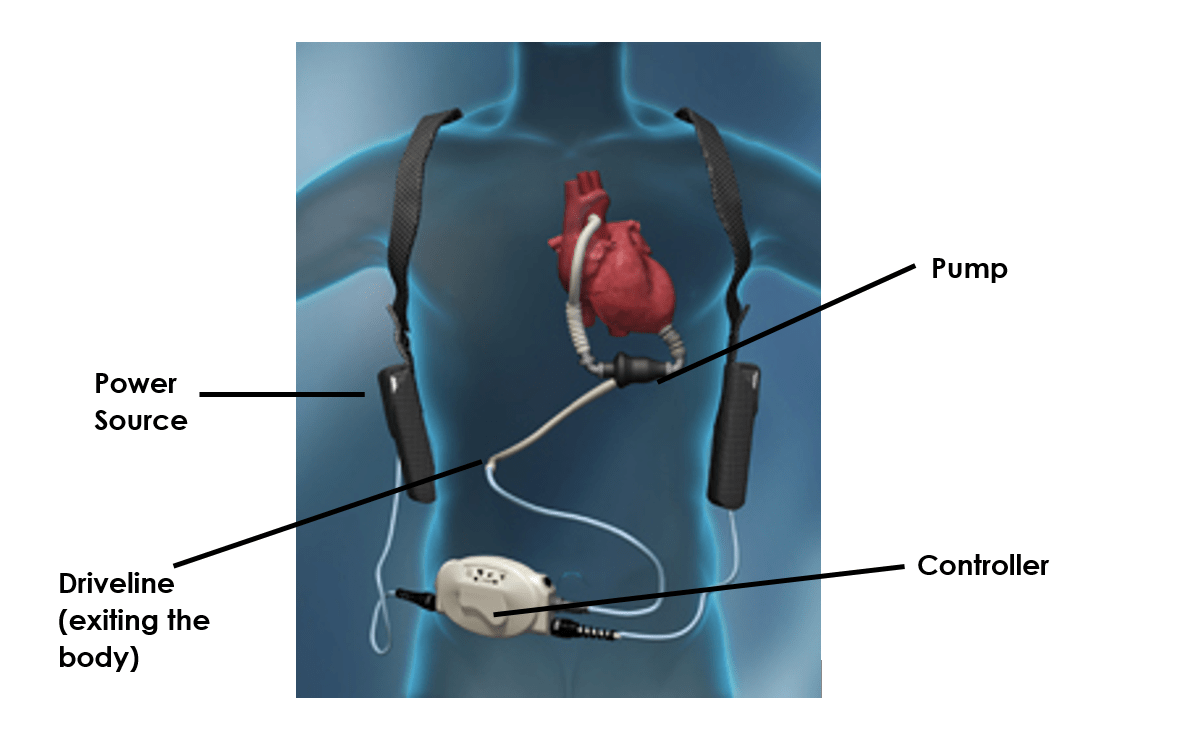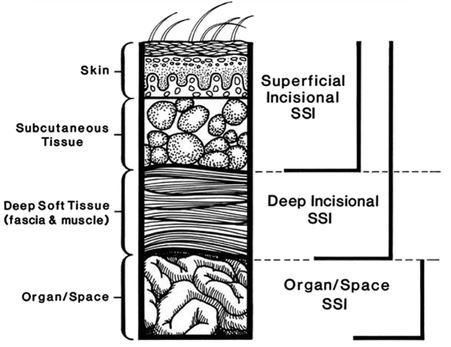
As 2018 comes to a close, we would like to thank you for being part of the Eloquest Healthcare Blog! We hope you have found our posts both informative and impactful to your professional career.
As the new year kicked off, we welcomed our first guest blogger, Jo Ann Brooks PhD, RN, FAAN, FCCP, former VP of System Quality at Indiana University Health. Dr. Brooks, now a consultant specializing in healthcare quality, summarized some key changes to hospital quality and patient safety in 2017 and what to expect in 2018.
- Hospital-acquired infections (HAI)
Hospitals have made significant changes in preventing CLABSIs–nationally, there has been a roughly 50% drop in CLABSIs between 2008 and 2016[1]. HAIs will continue to be heavily weighted in the CMS Pay for Performance Programs (Value-Based Purchasing (VBP) and Hospital-Acquired Conditions (HAC) Programs).[2]
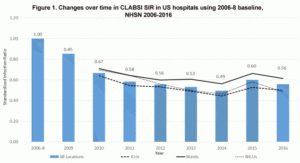
- CMS Pay for Performance Programs
The three programs that make up the Pay for Performance program (VBP, HAC and Hospital Readmission Reduction Penalty Program (HRRP)) are still alive and well. Areas of focus continue to be HAIs plus efficiency and cost reduction will receive more focus in the future. Key to all these programs is looking ahead and being proactive versus reactive to new measures which may be added in coming years.
- Bundled Payments
On January 10, 2018 CMS announced a new voluntary bundled payment model, which is the first advanced alternative payment model introduced by the Trump administration [3]. It is called the Bundled Payments for Care Improvement Advanced Model. This model includes 32 clinical episodes (29 inpatient setting, 3 outpatient setting).[4] The first cohort started October 1, 2018 and runs through December 31, 2023.
As the year progressed, we featured posts focused on a range of topics. Some of our most popular were our 2 and 3-part series including:
We also unveiled an evidence-based white paper that presented compelling data regarding the reduction of HAIs. The Mastisol® Liquid Adhesive evidence-based white paper discussed the latest evidence on solutions to improve dressing integrity. In early 2019 we look forward to summarizing our newest evidence-based white paper regarding Detachol® Adhesive Remover.
Something new for 2018 were blogs written to include the patient perspective of living with medical devices. The first in our series was Living with an Insulin Pump, which covered some of the challenges patients living with long-term devices face and featured remarks from real insulin pump users.
Our second part of the series was Living with a Vascular Access Device. Patients face challenges and risk of infection, which can sometimes include new and unique burdens. Hearing the patient perspective is important as facilities continue to make changes to improve hospital quality and patient safety.
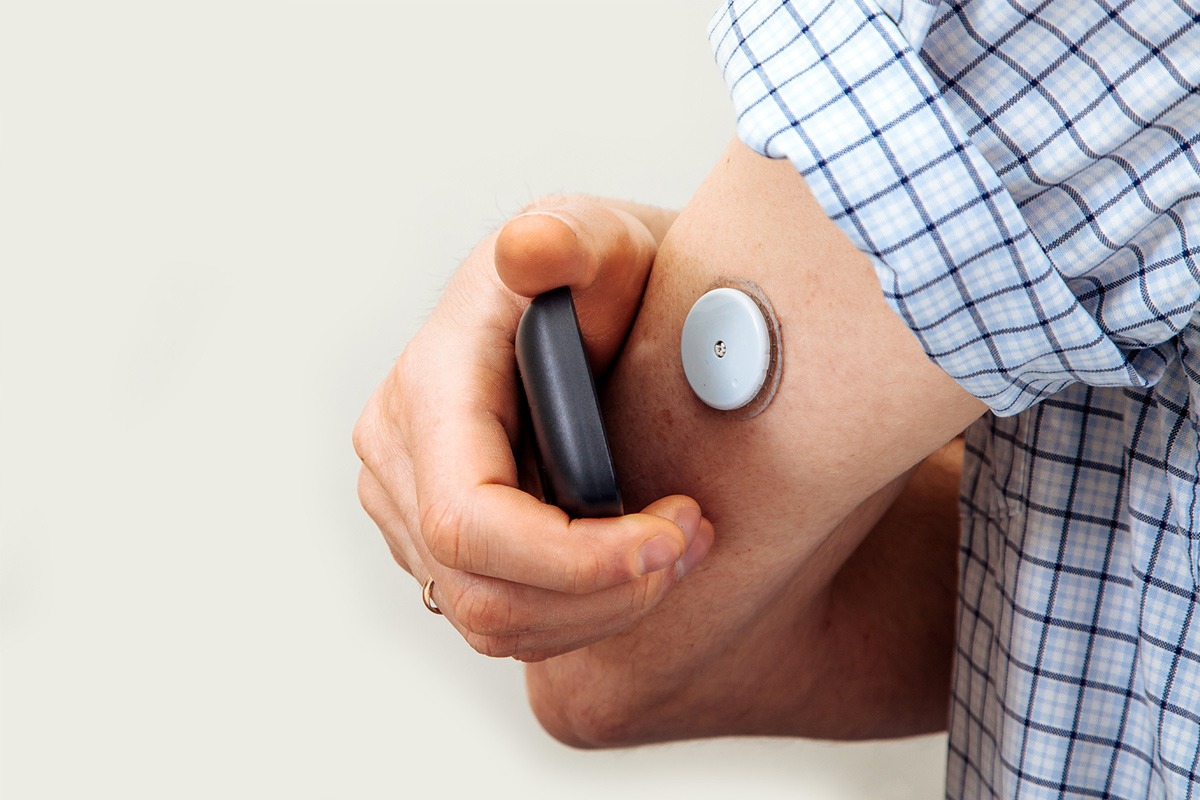
As we look forward to 2019, we are excited to see what changes and improvements take place in the realms of hospital quality, patient safety, and HAI reduction. Additionally, we are working toward improving the blog content. In order to do this, we’d like to know what topics you are most looking forward to reading about next year? Take our brief poll below and let us know what you would like to see on the EHB in 2019!
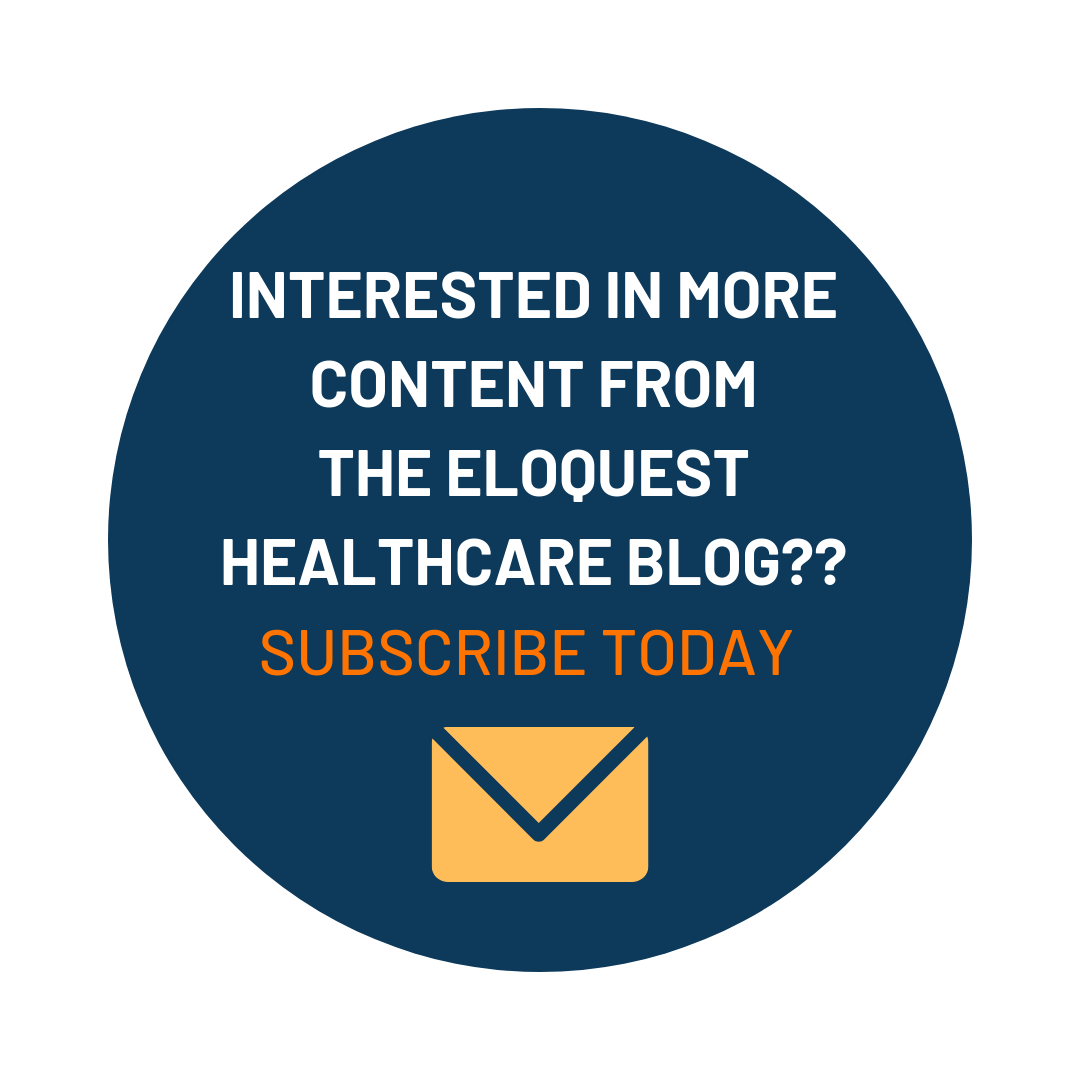
References
1. Centers for Disease Control and Prevention. Healthcare-associated Infections in the United States, 2006-2016: A Story of Progress. January 5, 2018. https://www.cdc.gov/hai/surveillance/data-reports/data-summary-assessing-progress.html
2. Centers for Medicare and Medicaid Services. Hospital-Acquired Condition Reduction Program Fiscal Year 2018 Fact Sheet. July 20, 2017. https://www.cms.gov/Medicare/Medicare-Fee-for-Service-
3. Dickson, V. CMS makes it official: Two mandatory bundled-pay models canceled. Modern Healthcare. November 30, 2017. http://www.modernhealthcare.com/article/20171130/news/171139986
4. Morse, S. CMS launches voluntary bundled payments model, first since spiking mandatory Bundles. Healthcare Finance, January 10, 2018. http://www.healthcarefinancenews.com/news/cms-launches-voluntary-bundled-payments-model-first-spiking-mandatory-bundles


